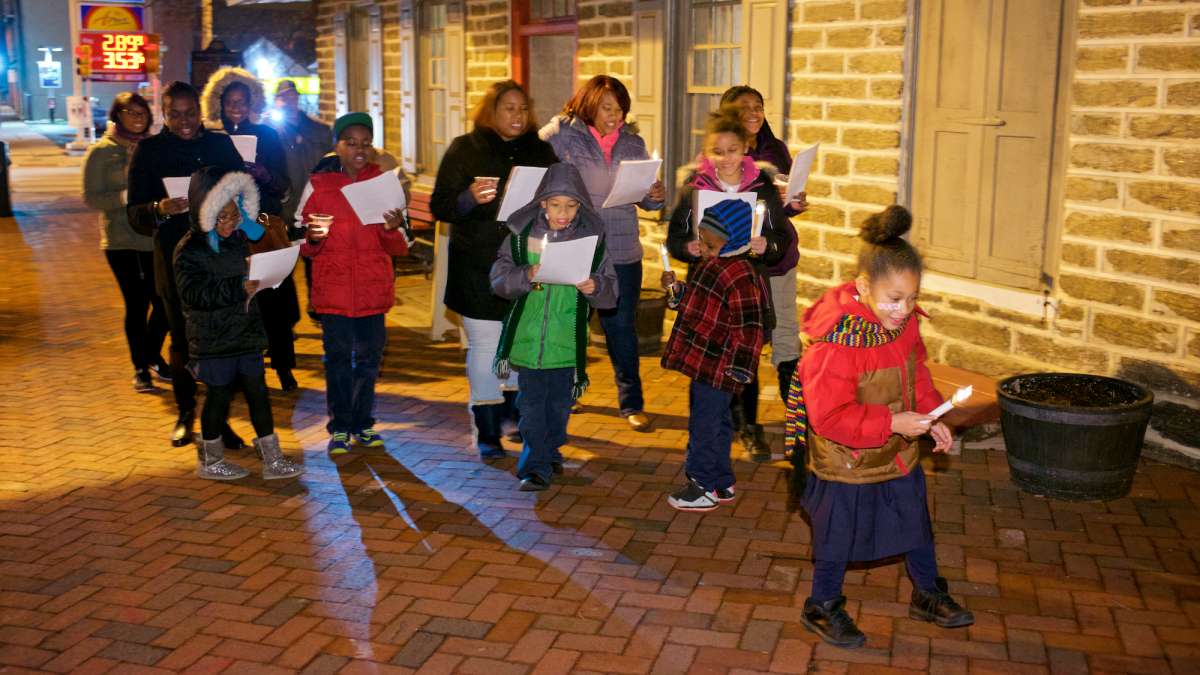Immigrants in Pennsylvania: the numbers and the programs to keep ‘em coming
Compared to national numbers, Pennsylvania has fewer immigrants, they tend to be more educated, and a smaller percentage come from Latin America.
The foreign-born population in Pennsylvania is six percent, according to census data. Though it’s higher in urban areas – about 12 percent in Philadelphia, seven percent in Pittsburgh, 11 percent in State College, eight percent in Harrisburg, and nine percent in Lancaster – the state’s immigrant levels are below the national average of 13 percent foreign-born.
Pennsylvania’s immigrants buck national trends in other ways, too. While a majority of immigrants nationally come from Latin America, Pennsylvania’s largest share of immigrants is from Asia, with Latin America in second place and a significant population from Europe.
Over a third of Pennsylvania immigrants have at least a college degree, which is slightly more than the national average, though it’s even higher in some parts of the state. In Pittsburgh, for example, adult immigrants with at least a college degree make up more than half of all foreign-born people in the city.
There’s another piece of data that’s important here. A Pew Research Center study shows Pennsylvania is one of only seven states that saw an increase from 2009-2012 in the number of immigrants who are not documented. The unauthorized immigrant population in the state grew by 30,000 people in that period. Nationwide, the number of immigrants who are not documented has dropped, but in Pennsylvania it grew.
So what’s Pennsylvania to do about these numbers? What do they mean for the state? Should the state work to get more in line with national demographics, should it be concerned about an increase in the number of immigrants who are not authorized, or are there things it can do to make sure all of the newcomers are successful, making the state successful, too?
Of course the answers depends on who you ask. Pittsburgh is starting a new program, Welcoming Pittsburgh, which aims to make the city a more inclusive environment so immigrants and other newcomers put their talents to work here.
That’s not a new idea. Philadelphia has tried it. When Philadelphia Mayor Michael Nutter took office in 2008 he said he wanted to increase the city’s shrinking population by 75,000 people in 5 to10 years. Already, Philadelphia has seen an increase of 105,000 people, exceeding Nutter’s goal, and many of them are immigrants. Nutter created an Office of Immigrant and Multicultural Affairs to assist these new immigrants in accessing city services and to coordinate services by groups who work with the immigrant population. The thinking goes, immigrants can help cities regrow their populations and contribute to economic vitality.
Beyond Pennsylvania, too, cities, especially industrial cities that have seen steep population loss, are establishing initiatives to first attract and then help and retain immigrants. That’s something Pennsylvania may want to keep an eye on, say proponents of such programs. It’s “a time of great competition so cities and communities are competing with each other to say this is why our community stands out, this is why you should choose us,” said Amanda Bergson-Shilcock, Vice President of Policy and Evaluation at the Welcoming Center for New Pennsylvanians. “So I think it’s an exciting moment but it’s also a challenging moment, not something we know in advance how this is going to play out.”
WHYY is your source for fact-based, in-depth journalism and information. As a nonprofit organization, we rely on financial support from readers like you. Please give today.













